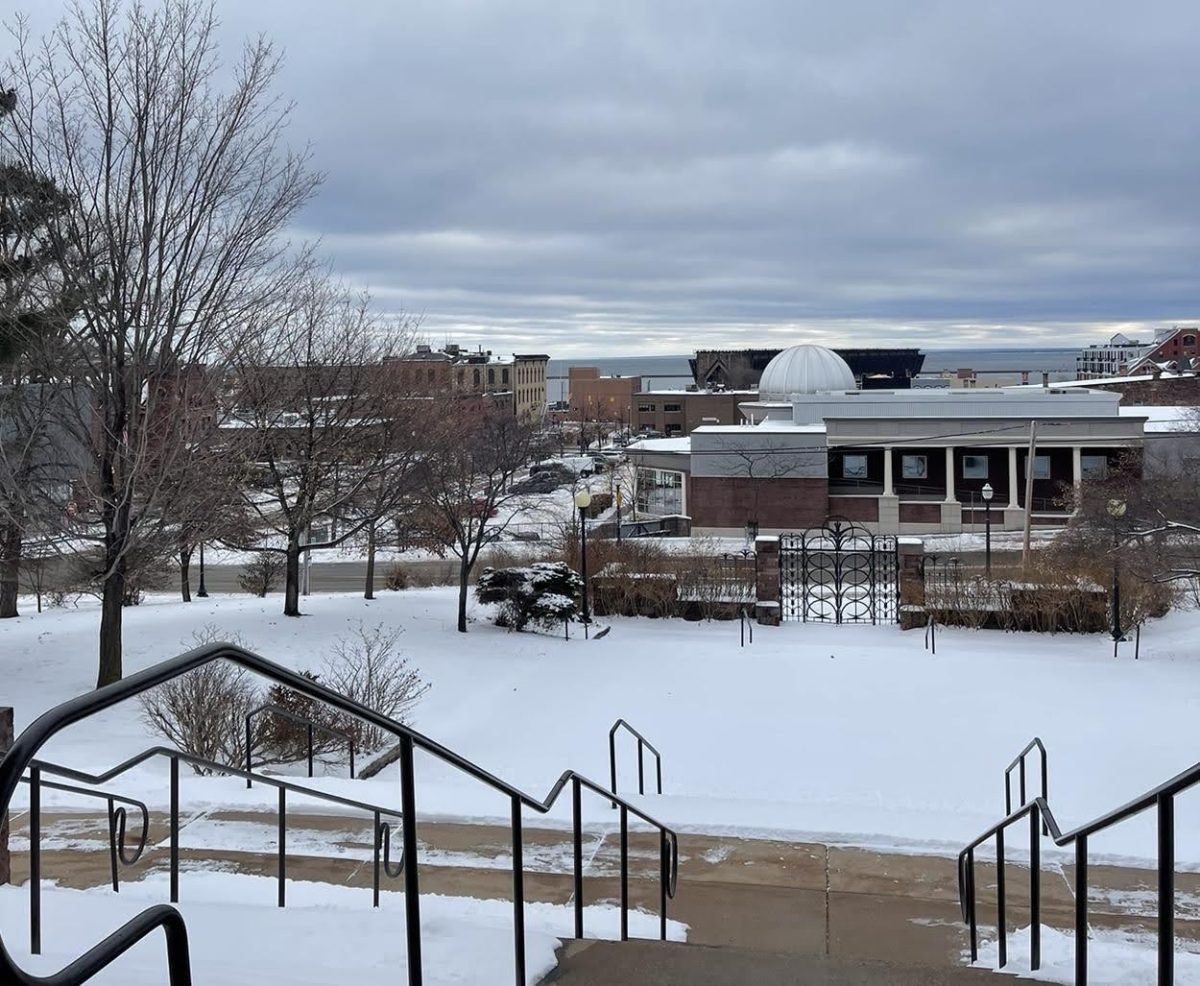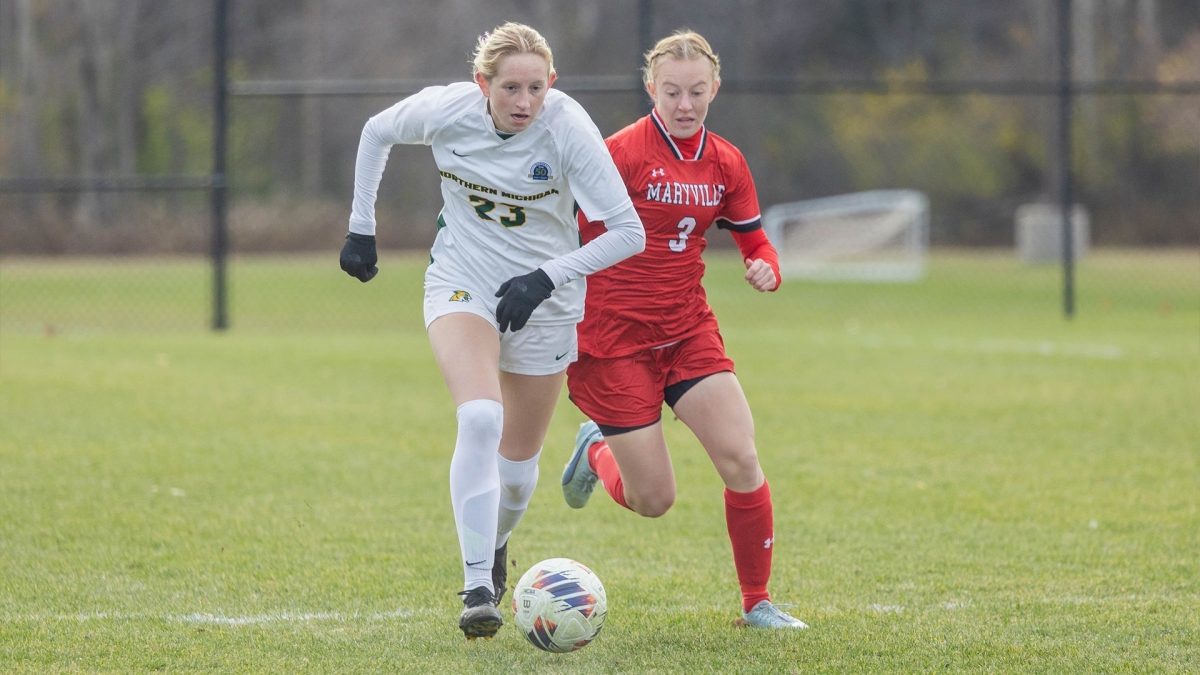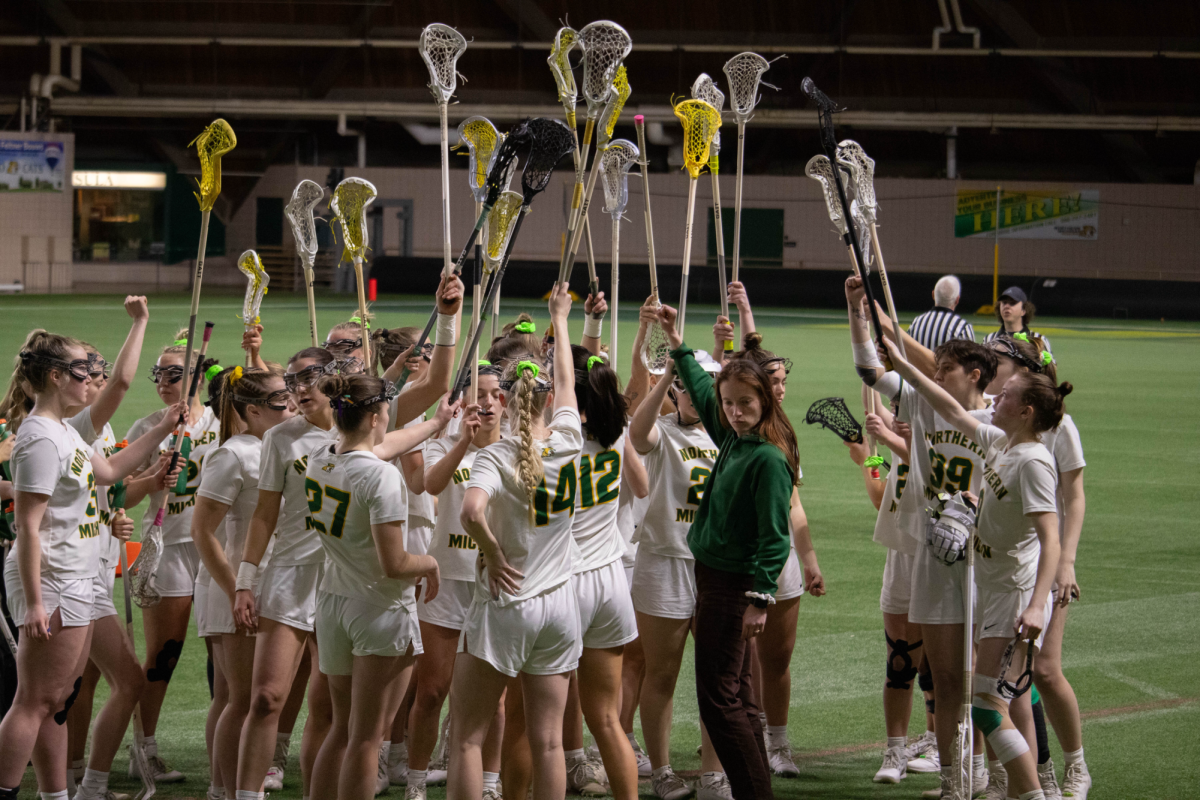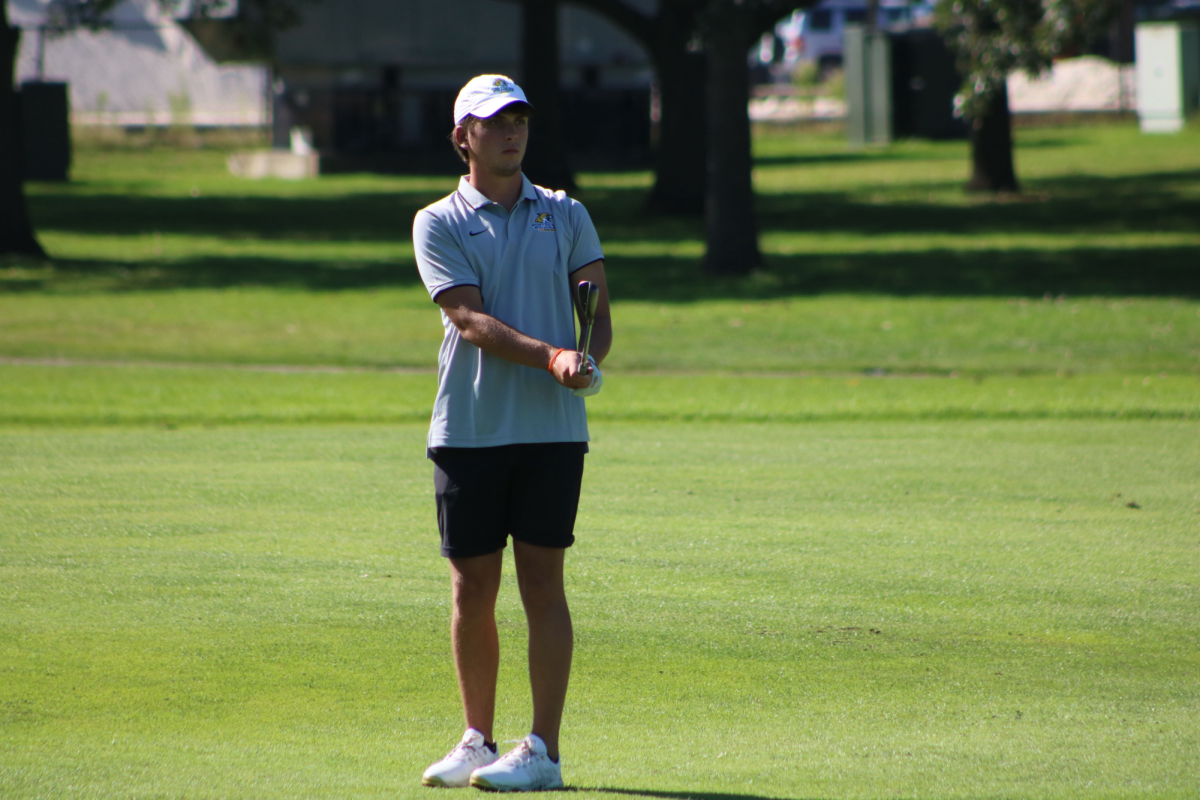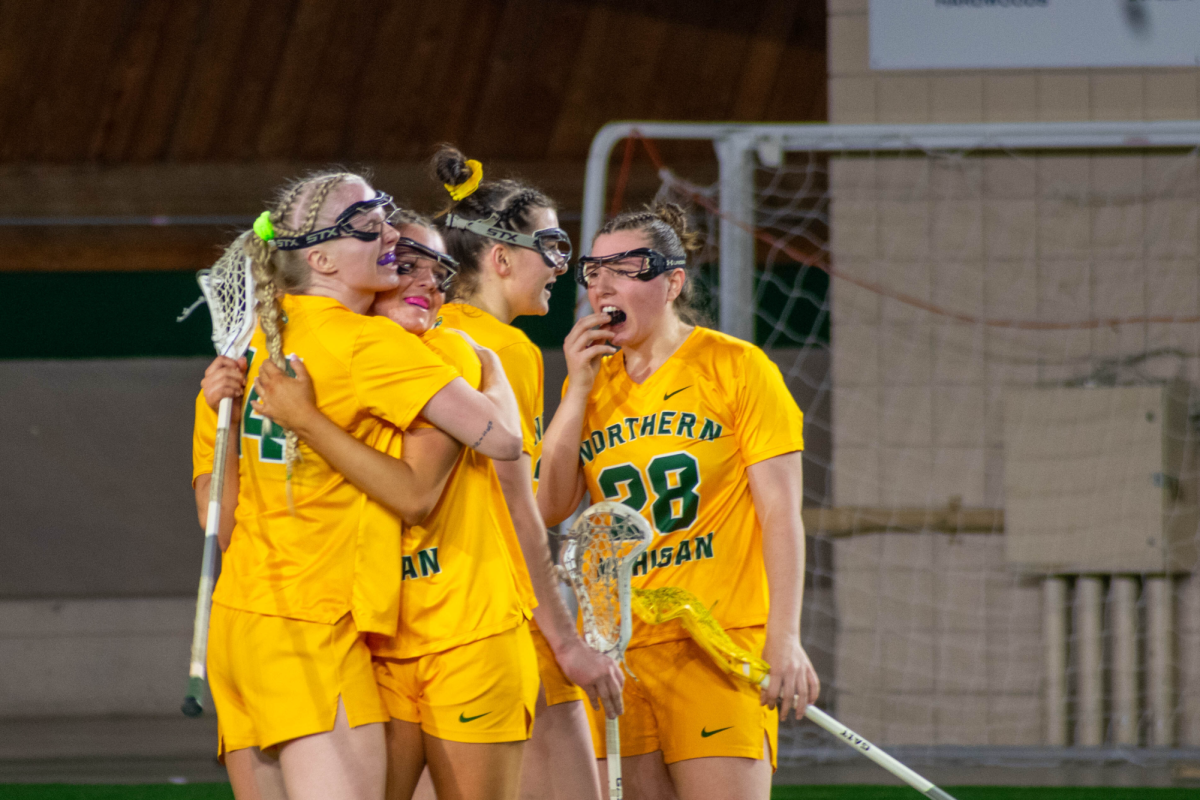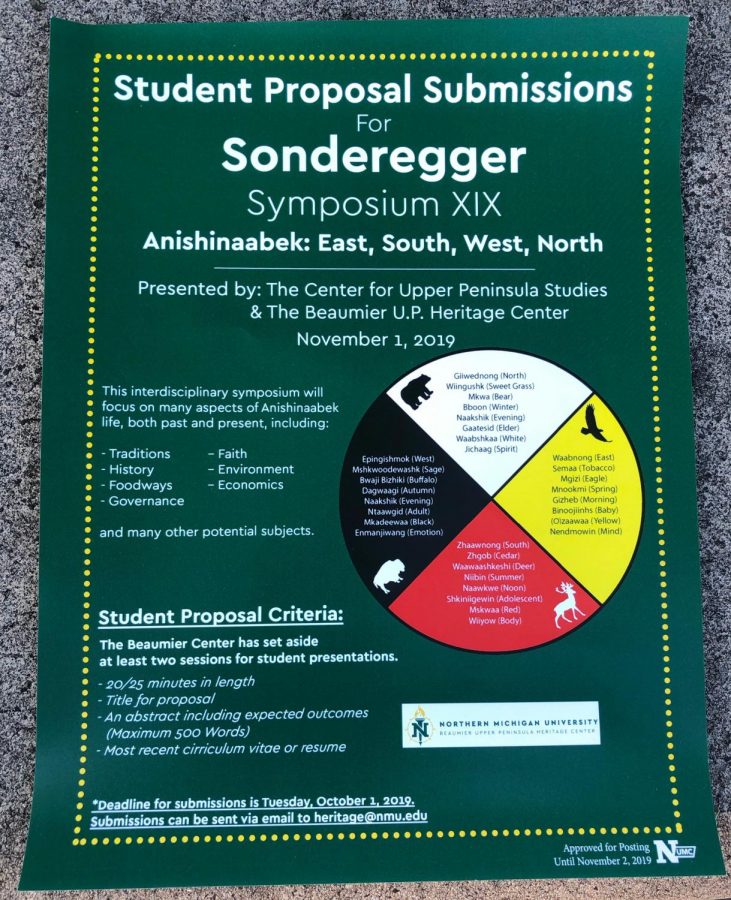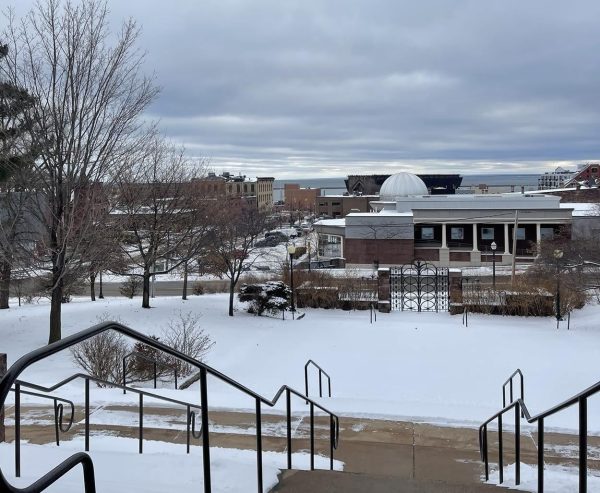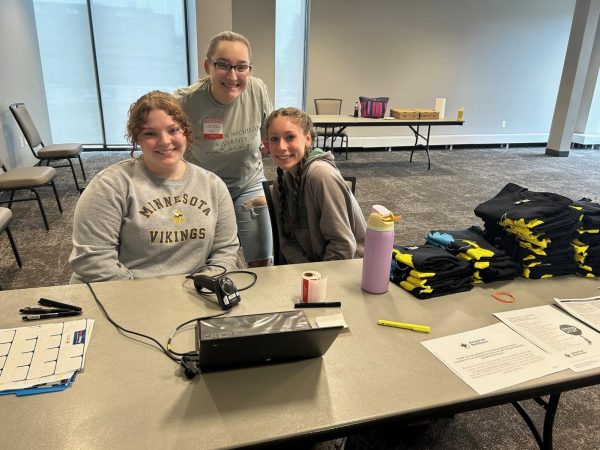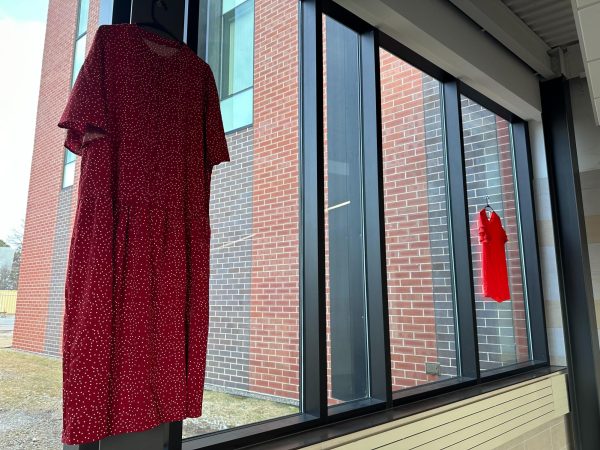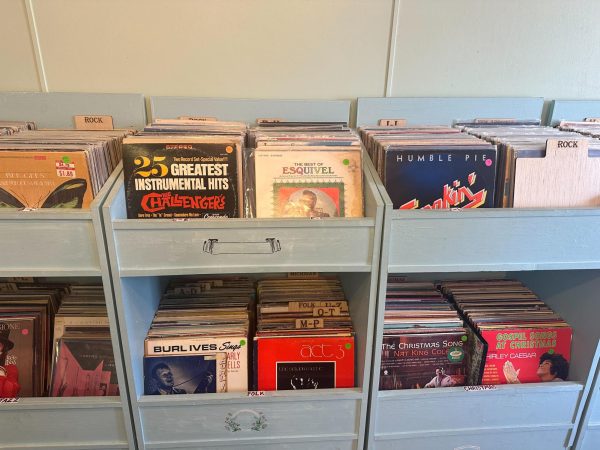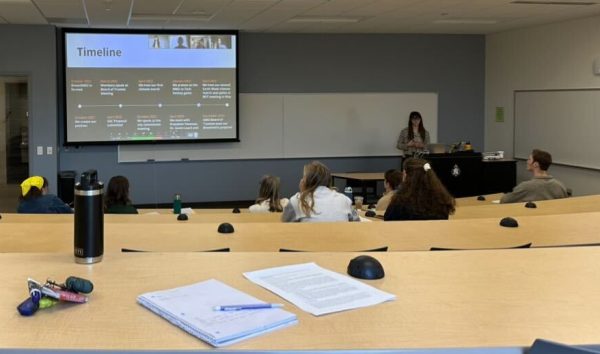Native American Decolonization Exhibit opens Saturday
October 8, 2021
The Beaumier U.P. Heritage Center will open a new exhibit focused on Native American tribes in the modern-day and the revitalization of their culture and customs.
Opening Oct. 9, “The Seventh Fire: A Decolonizing Experience” will be a multimedia display featuring modern life and experiences from the perspectives of people that are a part of Native American communities like tribal elders, Anishinaabe historians and scholars, students and faculty. The exhibit will showcase interviews from these various community members touching upon decolonization as well as cultural aspects like food, language and education. It will also have a timeline of the history of the Anishinaabe people, and a space for visitors to gather and discuss their reactions and thoughts.
The Director and Curator of the Heritage Center, Dan Truckey, was behind the coordination of the design and research for the exhibition. He also brought together the planning committee which consisted of the Center for Native American Studies, Native American Student Association, the Great Lakes Peace Center and the Episcopal Diocese of Northern Michigan.
The idea for an exhibition with a Native American theme, Truckey said, had been on the table for some time. If the Heritage Center ever did one, he said he wanted it to be in the words of the Anishinaabe people.
“I think that it will have particular meaning to those people who want to know more about the history and perspective of the Anishinaabe,” Truckey said. “Ultimately, though, I feel it would have great impact on even those who do not share the same values as the Anishinaabe.”
The title of the exhibition refers to the Anishinaabe’s Seven Fires Prophecies, and how the last prediction said there would be a rebirth amongst their people. Many believe this prophecy is in reference to the current period of history and the goal of decolonization. Decolonization, Truckey said, is essentially a “re-centering of Anishinaabe life on their traditional way of life, spirituality and other aspects of their culture.”
Local faith-based community organizations, such as the Episcopal Diocese, were seeking ways to open a dialogue with Native communities, said April Lindala, a professor of Native American Studies and one of the interviewees for the exhibit. They started discussing ideas with the heritage center on how to create an exhibit that could help audiences learn and maybe experience a shift in thinking.
Museum exhibitions often showed Native Americans and their lifestyles as in the past, objects to be examined and slowly disappearing, said Lindala. This is called Salvage Ethnography.
“It is of considerable value to study and know history from multiple viewpoints,” Lindala said. “The timing of this exhibit is happening at a distinct historical moment when representation of Native peoples has propelled in the media both in the U.S. and Canada through the news of the unmarked graves at boarding school sites as well as popular media offerings such as ‘Reservation Dogs’ on Hulu.”
This exhibit could lead to not just a shift in thinking like what was aimed for, but could also lead to more potential students in the department, Martin Reinhardt, another Native American Studies professor as well as department chair, said.
“It has been a great experience working with Dan Truckey and the staff of the Beaumier Heritage Center on this exhibit. I believe it will have a positive impact on Indigenous/non-Indigenous relations in our community, and that it will encourage people to learn more,” Reinhardt said. “In this way, maybe we will see some of these visitors in our Native American studies classes.”
It is a unique exhibit that is meant to both inform and to encourage reactions, Reinhardt said.
“The content includes many important historical and contemporary issues, policies and initiatives. Most importantly, it showcases Indigenous voices,” Reinhardt said. “Colonization is an act of oppression. Decolonization is an act of healing both the oppressor and the oppressed. We cannot truly heal without addressing both.”
One of the current students of the department is Reese Carter, a junior double majoring in Illustration and Native American Studies. He also helped with the graphic design of the exhibit, doing some graphics of clan animals, decorative elements, four watercolor paintings and designed the land acknowledgment sign, a sign that recognizes the land of Marquette as being of Native American origin, that will be unveiled on Oct. 11.
“I’ve never had any kind of work like this before, and it was really cool to get a taste of what it’s like doing graphic design work and everything,” Carter said. “It was really intimidating because Indigenous identity is such a complex topic, and it’s not something that I would want to misrepresent in any way because while I am a descendant of Anishinaabe people, I am not Indigenous myself.”
Carter said the exhibit will be a unique and emotional experience for those who go.
“With more and more people becoming interested and passionate about keeping their teachings, languages, arts and ways of living alive with each passing day and this exhibit, to me, is a reflection of that,” Carter said. “I don’t think we could have had an exhibit like this before now, because until somewhat recently, even the word “decolonize” was a scary word for a lot of people who didn’t know what it meant.”
The exhibit will be held in the gallery at Gries Hall and will be open until April 9, 2022. Admissions will be free and the exhibit will be open from 10 a.m. to 5 p.m. on Monday through Friday and noon to 4 p.m. on Saturdays. Truckey also added that while the exhibit has open hours during the day, special evening viewings can be arranged for student groups who give advance notice.




